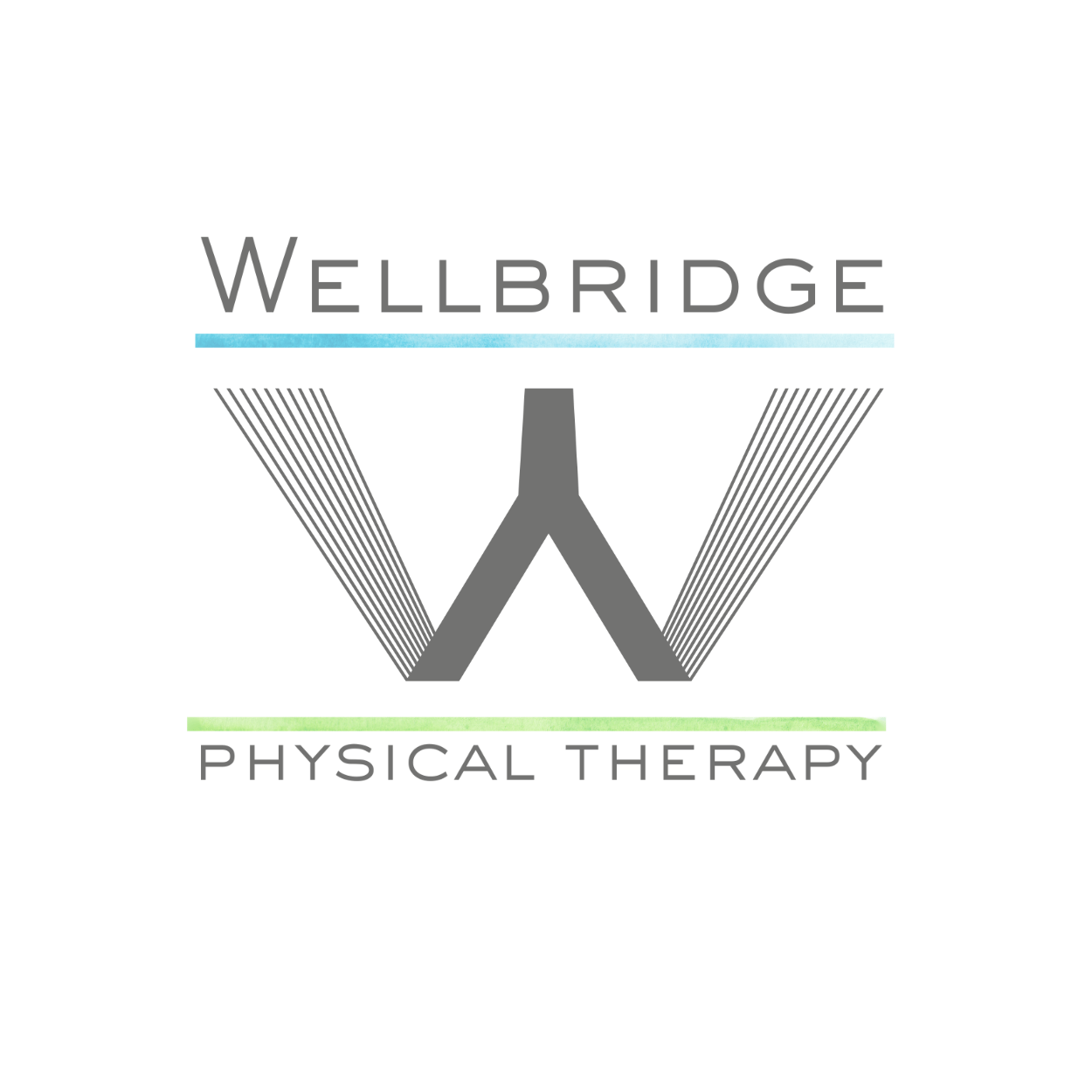Millions of individuals live with chronic pain. To cope with everything from back and joint pain to debilitating pain from accidents, many people have turned to pain medication. Whether prescription or over-the-counter, there are several drawbacks to relying on medication to relieve pain. Pain pills can sometimes interact with other medications, they can be addictive, and they ultimately only mask symptoms instead of treating them. Physical therapy is a good alternative to the long-term use of pain medication.
Why Choose Physical Therapy?
There are several reasons why physical therapy is a great alternative to relying on pain meds. One of the primary reasons to choose physical therapy is that it can treat the root causes and not just the symptoms of your pain. While pain medication may give you instant relief, it doesn’t last. You remain in an endless cycle of taking more and more medication. There is also the cost to consider. Years of prescription medication, even at a reasonable price, will likely add up to more than the cost of how much physical therapy you’ll need.
What Can Physical Therapy Do for Individuals Living with Pain?
While the thought of doing exercises, or almost any type of physical activity, may sound unpleasant to a person living with pain, the right kind of movement can be extremely helpful. Physical therapy targets the area of your pain and works on treating the condition instead of temporarily masking it. A physical therapy routine can improve your overall strength and endurance. It can also improve joint stability and increase joint and muscle flexibility. According to PT in Motion, physical therapy can even help rewire the brain to reduce chronic pain. There are several conditions that physical therapy can help.
- Osteoarthritis Arthritis and Rheumatoid Arthritis
- Chronic Headaches
- Fibromyalgia
- Neuropathic Pain Caused by Injuries
- Stroke
What Treatment Options are Available?
A trained physical therapist can use a variety of treatment methods to reduce or completely eliminate your pain. Manual therapy, which is also known as bodywork, is one of the most commonly used and effective types of treatment available. Manual therapies can include massage and joint manipulation. There are several other specific techniques that a physical therapist may use to help alleviate pain.
- Cold Laser Therapy – Cold lasers overwhelm injured tissues with photons. This can stimulate the healing process in cells that are damaged. When the healing process begins, this naturally reduces the level of pain.
- Transcutaneous Electrical Nerve Stimulation – This is also called TENS, and it involves low voltage currents that stimulate a painful area of the body. The electricity reaches the body through electrodes attached to various areas on the skin. This can increase endorphins, which naturally reduce pain.
- Graded Motor Imagery – This uses the brain’s neural connections to eliminate pain. The therapy includes visualizing movement and training the brain to overcome different types of pain.
- Ultrasound – Ultrasound works by using sound waves that generate heat. This ultimately promotes an increase in blood flow. Increased blood flow can promote healing in the affected areas.
While using pain medication for a short while may be effective, physical therapy is a much better option for long-term relief from pain. An experienced physical therapist can do a complete assessment on your current condition and create a customized therapy plan that’s right for you. You can start enjoying reduced pain in your life with the help of physical therapy!
Tags: Health, Back Pain Relief, Physical Therapy, Physical Therapist, Arthritis Medications, Exercise, Heat/ice packs, Nutritional diet, pain meds, Chronic Headaches





